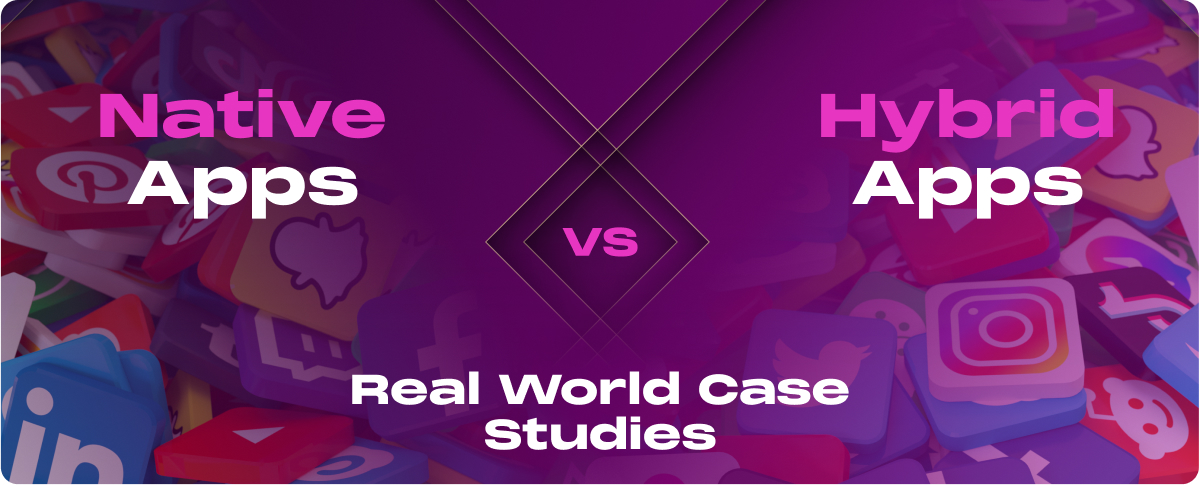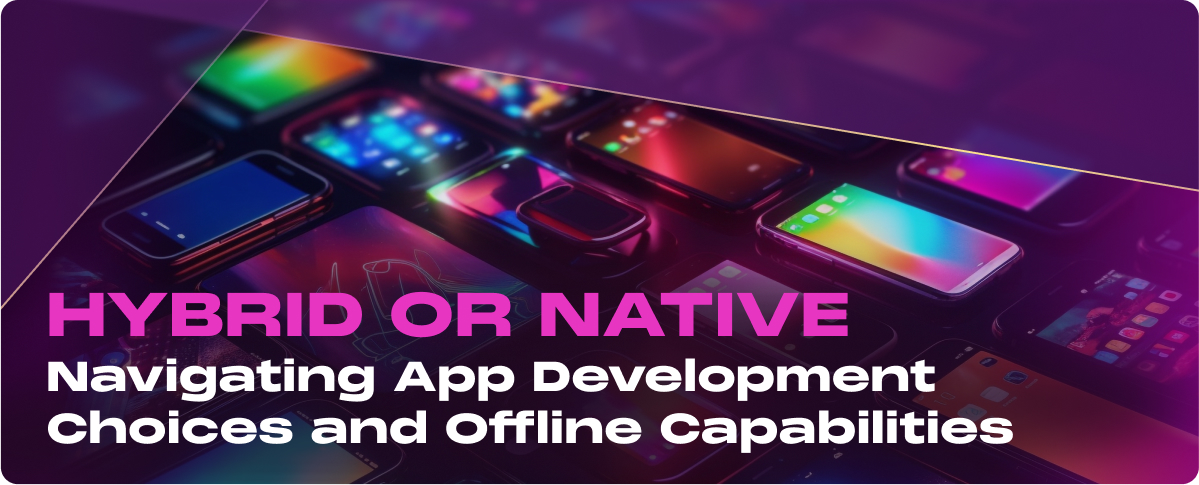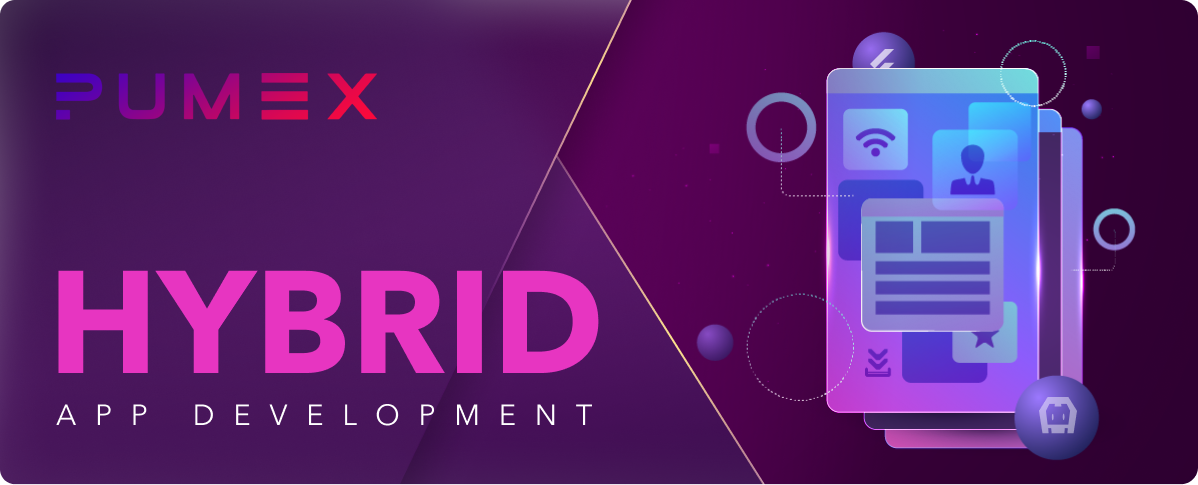1. Is the Uber app native or hybrid?
The Uber app is a native app, not a hybrid. Uber’s app is specifically designed and developed for each platform it operates on, such as iOS and Android, using platform-specific programming languages. This native development approach offers Uber high performance and smooth interaction with the device’s hardware. It also enables the app to provide a user interface that closely aligns with the design standards of each operating system, ensuring a better user experience.
Native development is particularly beneficial for apps like Uber that require real-time performance, precise location tracking, map integration, and fast, responsive interfaces. These requirements are best met through native apps, which can optimally utilize the underlying operating system and hardware capabilities.
2. Is Netflix a hybrid app?
Netflix is not a hybrid app; it is primarily a native app. Netflix has separate native applications for different platforms like iOS and Android. These native apps are designed and optimized for each platform to provide the best user experience and performance. This is particularly important for a streaming service requiring efficient data processing and high-quality media playback.
Native apps allow Netflix to take full advantage of the device’s hardware and software capabilities, such as efficient streaming, downloads, and seamless integration with various device features like screen resolution, sound systems, and user interface elements. This approach ensures that users have a smooth and immersive viewing experience, which is a key priority for a media streaming service like Netflix.
3. Is Waze a hybrid app?
Waze is not a hybrid app; it is a native app. Developed separately for iOS and Android platforms, Waze leverages these operating systems’ specific capabilities and features to provide a seamless and efficient user experience. As a navigation app, Waze requires high performance for real-time GPS tracking, route optimization, and interactive features, which are best achieved through native development.
Native apps allow for better integration with the device’s hardware, like GPS and accelerometer, and they can more effectively utilize the operating system’s features, such as push notifications and background operation.
This integration is crucial for Waze to provide accurate and timely navigation, traffic updates, and community-driven alerts. The choice of native development ensures that the app is fast, responsive, and reliable, essential for navigation and real-time traffic applications.
4. Is Amazon a hybrid app?
Amazon’s mobile app is primarily a native app, not a hybrid app. The company develops separate native applications for different platforms, such as iOS and Android. These native apps are designed to provide a high-quality, efficient, and secure shopping experience, leveraging each platform’s specific features and capabilities.
Opting for native development allows Amazon to ensure fast and responsive interactions, which is essential for browsing products, making purchases, and managing user accounts. Native apps can better integrate with device features like a camera (for barcode scanning), notifications, and secure payment systems. This approach also enhances the security aspects of the app, which is crucial for e-commerce platforms handling sensitive customer data and transactions.
While Amazon may use web views within their native apps for certain functionalities, the core app is built as a native application to maximize performance and user experience.
5. Is Google Maps a native or hybrid app?
Google Maps is a native app. It has been developed separately for iOS and Android platforms using their respective native development languages and tools. As a mapping and navigation app, Google Maps requires high performance for features like real-time GPS tracking, route planning, and street view functionality. Native development allows the app to optimally utilize the device’s hardware capabilities, such as GPS, gyroscope, and accelerometer.
As a native app, Google Maps can ensure a smooth and responsive user experience, which is crucial for real-time navigation and location tracking. It also allows for better integration with the device’s operating system, enabling functionalities like background location updates, push notifications, and quick access to system services.
The choice of native development for an app like Google Maps is essential to provide accurate, real-time data and a seamless user interface, which is critical for the functionality and reliability of mapping and navigation services.
6. Is Gmail a hybrid app?
Gmail, developed by Google, is primarily a native app rather than a hybrid app. For both iOS and Android platforms, Gmail has specific native applications optimized for each system. Native development allows Gmail to effectively integrate with each operating system’s unique features and capabilities, ensuring a smooth, responsive user experience, which is crucial for an email client.
Being a native app, Gmail can seamlessly integrate with core device functionalities, such as push notifications for new emails, background syncing of data, and efficient battery usage. This approach also allows for better security features essential for email communication.
While Gmail can be accessed through web browsers on desktops and mobile devices, the mobile applications for iOS and Android are built natively to provide users with an optimized experience on their respective devices. This native approach is key to handling the complexities and demands of modern email communication, like handling attachments, rich text formatting, and offline access.
7. Is Spotify a hybrid app?
Spotify is primarily a native app, not a hybrid app. It has separate native applications for different platforms like iOS and Android. Native development allows Spotify to deliver a high-quality, seamless audio streaming experience, effectively utilizing each platform’s specific features and capabilities.
By choosing native app development, Spotify ensures better performance in terms of audio playback, data management, and integration with device-specific features like media controls, notifications, and offline storage. This approach also allows smoother user interface animations and transitions, which are essential for an engaging user experience in a media streaming app.
Moreover, native apps enable more efficient use of device resources like battery and data, which is particularly important for an app like Spotify, which often runs in the background and requires frequent data synchronization. The native development strategy is key to providing users with a stable, fast, responsive music streaming service.
8. Is Twitter a native app or a hybrid app?
Twitter is a native app. It has distinct versions developed specifically for different platforms like iOS and Android, using their respective native programming languages and development tools. This native development approach offers Twitter a high-quality user experience, optimized performance, and better integration with each platform’s unique features and design guidelines.
Native apps like Twitter can effectively utilize device-specific functionalities such as push notifications, camera integration for media uploads, and efficient background data syncing. This ensures a seamless and responsive user interface, essential for social media apps where real-time interactions, notifications, and smooth scrolling through feeds are crucial for user engagement.
While Twitter also offers a web application that can be accessed through browsers, its mobile applications are built natively to provide the best possible experience on smartphones and tablets, leveraging the full potential of the underlying operating system and hardware.
9. Is Facebook a native or hybrid app?
Facebook’s mobile app is a native app. It has been developed specifically for different platforms using their respective native programming languages and tools. For iOS, Facebook is developed using Objective-C or Swift; Android is developed using Java or Kotlin.
Native development allows Facebook to use the device’s hardware and software capabilities efficiently, providing a high-quality user experience with smooth performance. This is especially important for an app with complex features like real-time messaging, video streaming, and a constantly updating news feed.
While Facebook initially experimented with HTML5 for a more hybrid approach, they ultimately shifted back to native development to improve performance and user experience. This shift was mainly due to the limitations of HTML5 in delivering the level of responsiveness and fluidity that a complex and interactive app like Facebook requires.
10. Is Snapchat a hybrid app?
Snapchat is a native app, not a hybrid app. It has been developed specifically for different platforms using their respective native programming languages and development tools. For iOS, Snapchat is developed using languages like Objective-C or Swift, and for Android, it’s developed using Java or Kotlin.
The choice to go native is crucial for Snapchat due to its heavy reliance on advanced features that closely interact with the device’s camera, real-time image and video processing, and augmented reality (AR) filters. These features require the high performance and smooth user experience that native development provides.
Native development allows Snapchat to efficiently utilize the device’s hardware, providing a fast, responsive app experience, which is essential for real-time communication and multimedia sharing. This approach also enables better integration with the operating system’s features, like push notifications and camera functionality, enhancing the overall user experience.
11. Is Messenger a hybrid app?
Messenger, Facebook’s messaging app, is a native app, not a hybrid app. It is developed specifically for each available platform, using their respective native programming languages and development tools. For iOS, Messenger is developed using Swift or Objective-C, and for Android, it’s developed using Java or Kotlin.
The choice to use native development for an app like Messenger is driven by the need for high performance, especially for real-time messaging, voice and video calls, and multimedia sharing. Native apps provide better access to a device’s hardware and software capabilities, such as push notifications, camera and microphone integration, and efficient data synchronization, which are essential for a communication app.
Additionally, native apps can offer a more responsive and smoother user experience, which is crucial for messaging apps’ real-time and interactive nature. By being native, Messenger can ensure a seamless and integrated experience, aligning closely with the design guidelines and functionalities of each operating system it operates on.












































